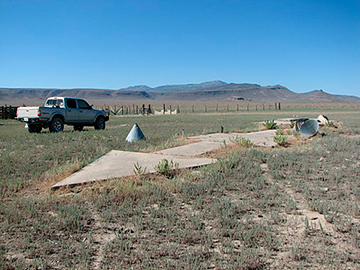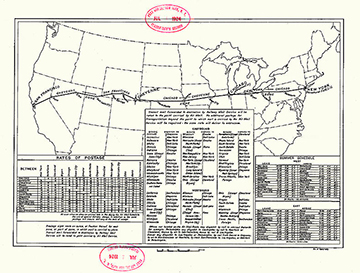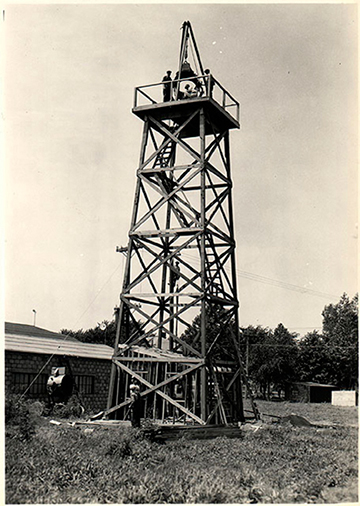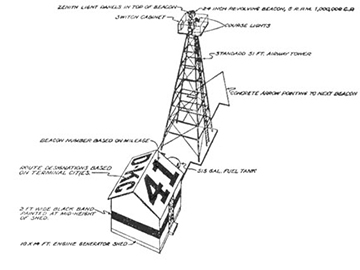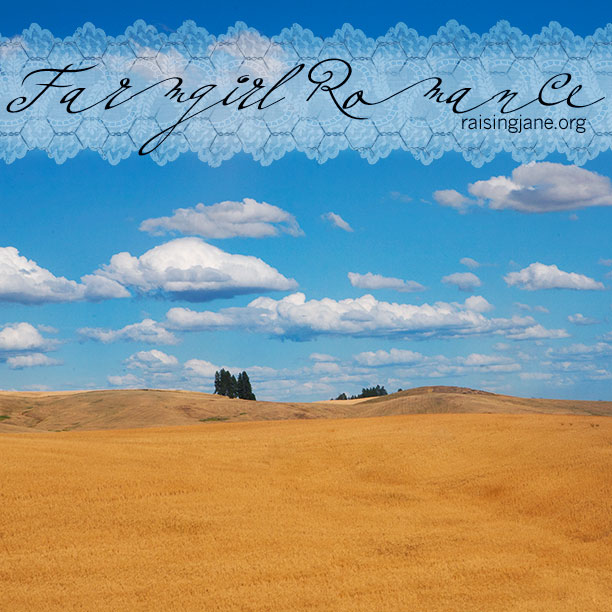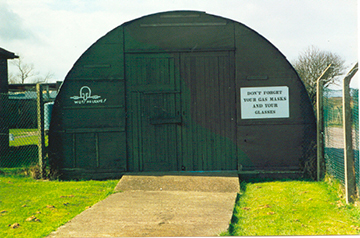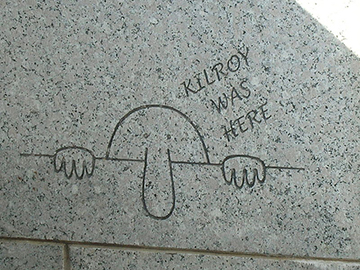Now that you’ve read my book, Glamping with MaryJane, you need to find a fabulous place to get your campin’ glam on.
We’re back for a 12th day of where to glamp in 2013, or well, 2014.
New York, that fast-paced city, one of the four fashion capitols of the world, known for its hustlin’ and bustlin’, is a prime candidate for glamping! What other city would bring their A-game, this year’s Fashion Week favorites, for a tromp through the woods?
They recently gave glamping on city rooftops a try, but I think these fashion-forward city dwellers will really hitch up their knickers for a stay at Stony Creek Farm.
It’s just enough glam and farm to hook even the most pavement-addicted into a pair of Wellies for a look at the clear night sky.
Stony Creek Farm
New York
Located in Walton, New York, Stony Creek Farm has been owned and operated by the Marsiglio family since 1985. The farm, just off of the Northwest corner of the Catskill Mountains, started selling produce, meat, and eggs in 2005; has a cute-as-a-button Farm Store on-site; and that’s right—you guessed it—offers glamping!

Photo courtesy of Stony Creek Farm.
Each tent, set up along the relaxing Stony Creek, for which the farm gets its name, features a double bed, a bunk bed, AND a canopy bed. You’ll also find a toilet, ice chest, cooking stove, and dining area.

Lots of fun things to do on the farm, including watching wildlife, fishing, and birdwatching. Or pet the cows, goats, and sheep, and marvel at the gardens. All produce grown and animals raised on the farm are sold at the Franklin Farmers’ Market in the state of New York in the summer.
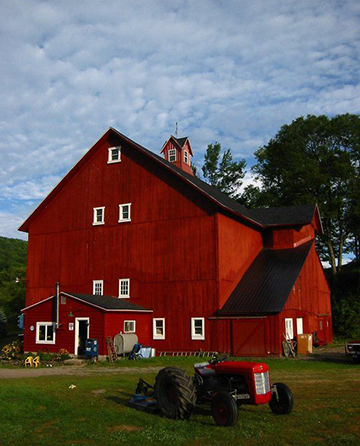
Photo courtesy of Stone Creek Farm.
And I hope you book for a Thursday or Saturday night, cause it’s Make Your Own Pizza Night! On those evenings, the hosts will give workshops at their outdoor wood-burning bread oven. There, you will learn how to make your own za. (Short for Pizza!)
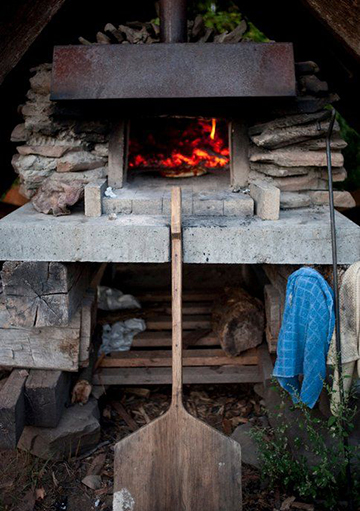
Photo courtesy of Stone Creek Farm and Glamping Hub.

Photo courtesy of Stone Creek Farm and Glamping Hub.
Make sure you also stick around for Sunday Harvest Mornings, when guests can choose to participate in harvesting the organic garden for buyers at the farmers’ markets.
While harvesting, chat with the team and learn about growing techniques, seed saving, and more! You’ll find lots of fun activities in nearby Cooperstown (home to the Baseball Hall of Fame), including the Farmers Museum, antique shops, theaters, a large arts and crafts community, and of course, a plethora of exciting and jam-packed farmers’ markets.
















































